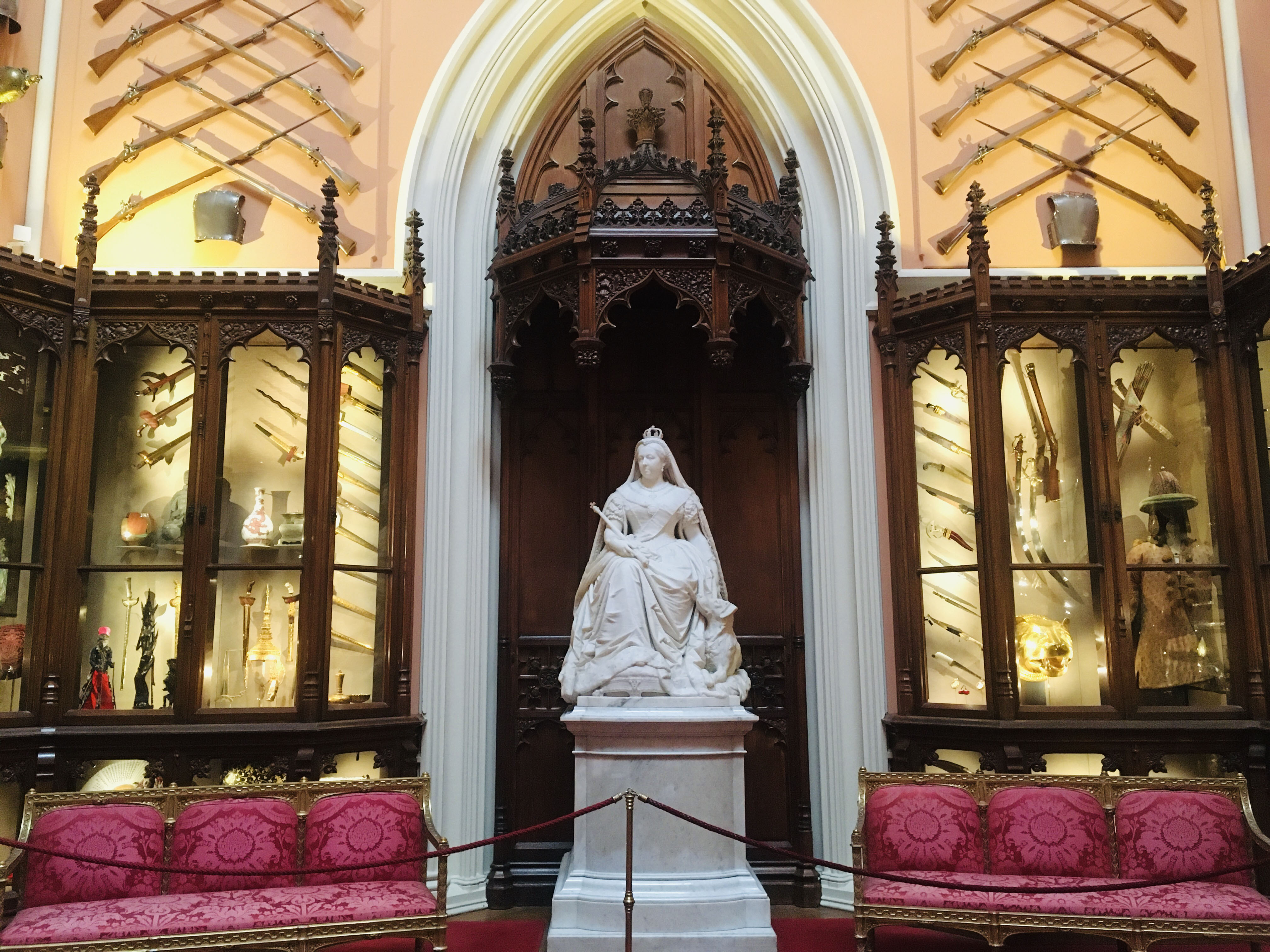
Grand Vestibule: The British Monarchy and the World
The Grand Vestibule at Windsor Castle reflects interaction between the monarchy and the wider world
Ruyi sceptre
eighteenth centuryRCIN 23692
The ruyi sceptre with head in the form of the sacred lingzhi fungus was a time-honoured symbol of authority; for examples made in other materials in the Collection- see in carved red lacquer (RCIN 10805) and cloisonné enamel (RCIN 11701).
Text adapted from Chinese and Japanese Works of Art in the Collection of Her Majesty The Queen: Volume III.







